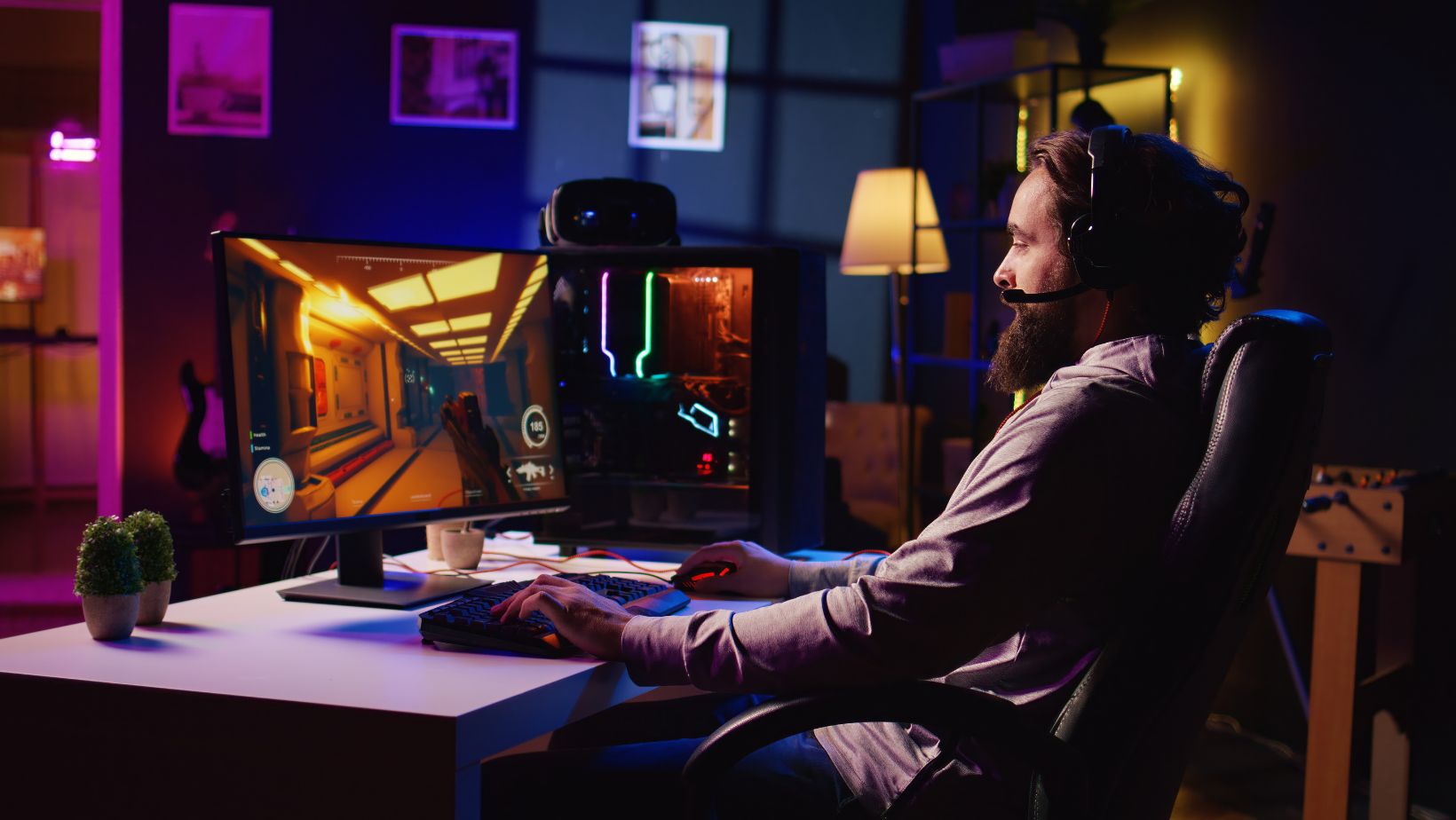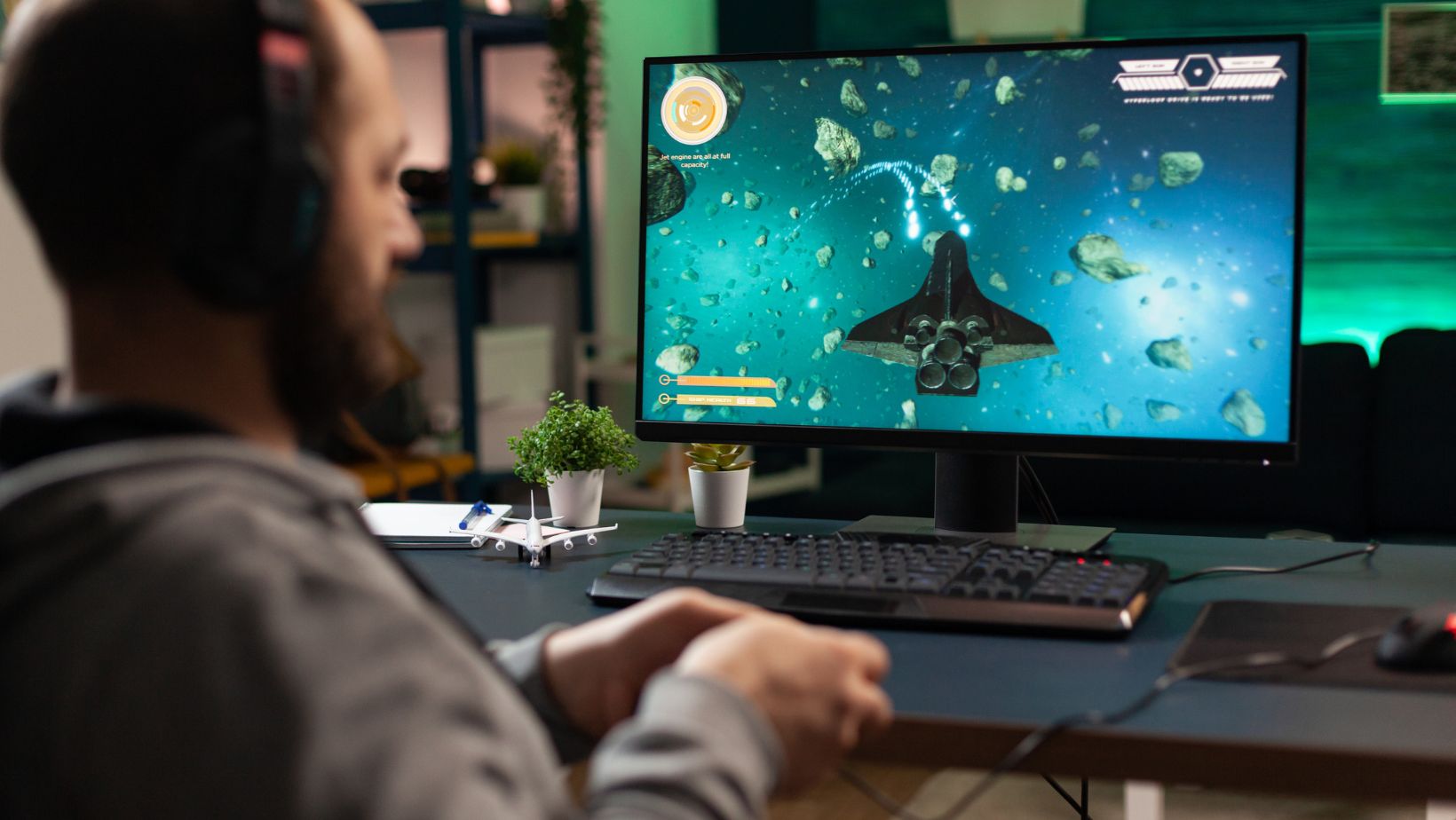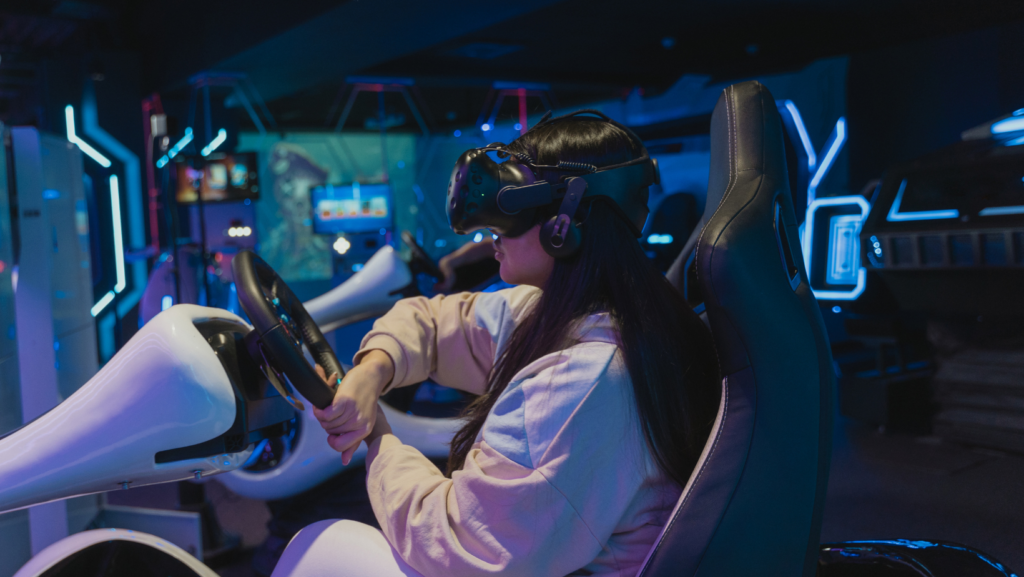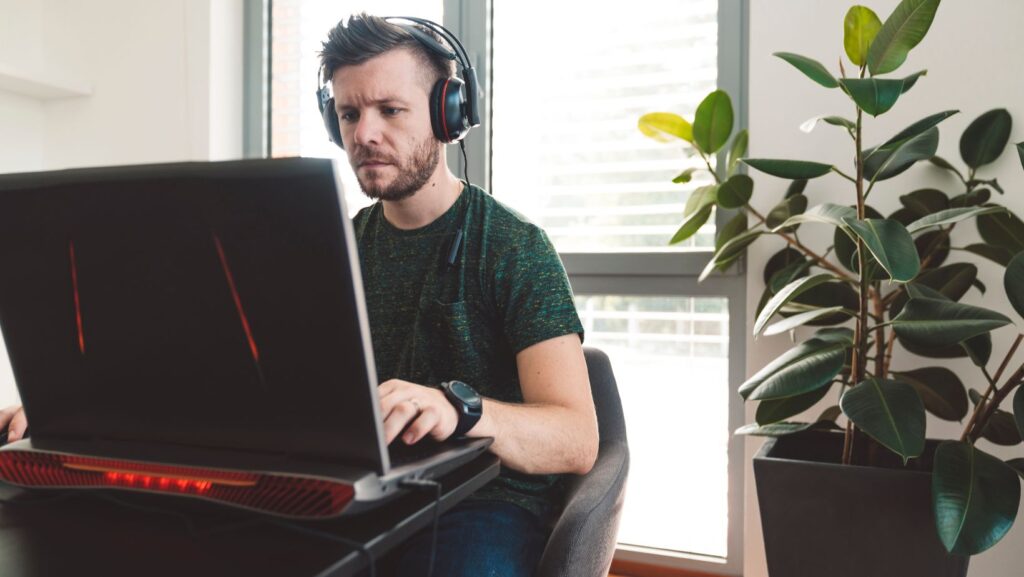Shopping used to be kind of boring. Click, add to cart, pay, wait. That’s it. But if you’ve been anywhere near the gaming or digital collectibles scene lately, you’ll know that people aren’t just buying anymore. They’re chasing. They’re unlocking. They’re winning.
And honestly? It’s way more fun.
Purchasing Is Boring – Winning Isn’t
Gamers have known this for a while now. Leaderboards, loot drops, rare skins – you don’t just want the item, you want the moment. That high you get when a random drop goes your way? It is way more satisfying than hitting “Buy Now” on a regular product page.
Even outside of games, this mindset is spreading. We’re living in an era where unboxing a package is less about what’s inside and more about what it could have been. It’s about bragging rights. It’s about flexing your win on Discord or TikTok. And yeah, sometimes it’s about pulling a gaming headset from a $10 digital crate and feeling like you beat the odds.
Retail Is Learning From Gamers
You’ve probably noticed that shopping sites are starting to look suspiciously like games. They’ve got spin wheels, countdown timers, flashy sound effects – some even hand out “achievements” for checking out multiple times. That’s not accidental. Retailers saw how gamers engage and thought, “Wait, what if we made spending money feel like a boss fight?”
And hey, it worked.

One example that’s been generating buzz lately is HypeDrop. It’s a platform built entirely around the idea of mystery boxes – digital crates you can open for a shot at everything from gadgets to luxury gear. The experience is gamified down to the second: flashy animations, odds displays, instant reveals. It’s like loot boxes, but for physical goods.
Now, if you’ve ever wondered, is Hypedrop legit? You’re not alone. The name pops up all over Reddit threads and YouTube unboxings, usually followed by a mix of disbelief, flexing, and skeptical deep dives. The short answer? It’s legit in the same way online claw machines or gacha games are. Yes, people really win. Yes, the items get shipped. But no, you’re probably not walking away with a Rolex on your first spin. It’s still a gamble, but it is one people are clearly happy to take.
The Emotional Payoff Is Real
So, what’s driving all this? It’s not just about stuff. It’s about feeling something while you get the stuff.
Traditional shopping is predictable. Gamified shopping? It’s a dopamine factory. You’re riding anticipation, luck, surprise, and sometimes disappointment. That rollercoaster is addictive in the way scoring a match-winning headshot is. You remember it. You tell people about it.

And when does it pay off? Oh, you’re definitely posting that win. Whether it’s a clip of you pulling the top-tier item or just a pic of the prize in hand, it becomes a little social currency. It’s not just “I bought this.” It’s “I won this.”
Why This Trend Isn’t Going Anywhere
As of May 2025, gamified shopping is still riding high. Platforms are getting more polished, items are getting wilder, and social media continues to amplify the wins. It’s not just a niche thing anymore – it’s a cultural shift.
And the takeaway? The way we engage with spending has changed. For younger consumers, especially, the line between entertainment and commerce is paper-thin. Whether it’s cracking open a free loot box, earning crypto in-game, or trying your luck on the best-looking mystery box site, it’s no longer about the thing you buy – it’s the experience of how you got it.



